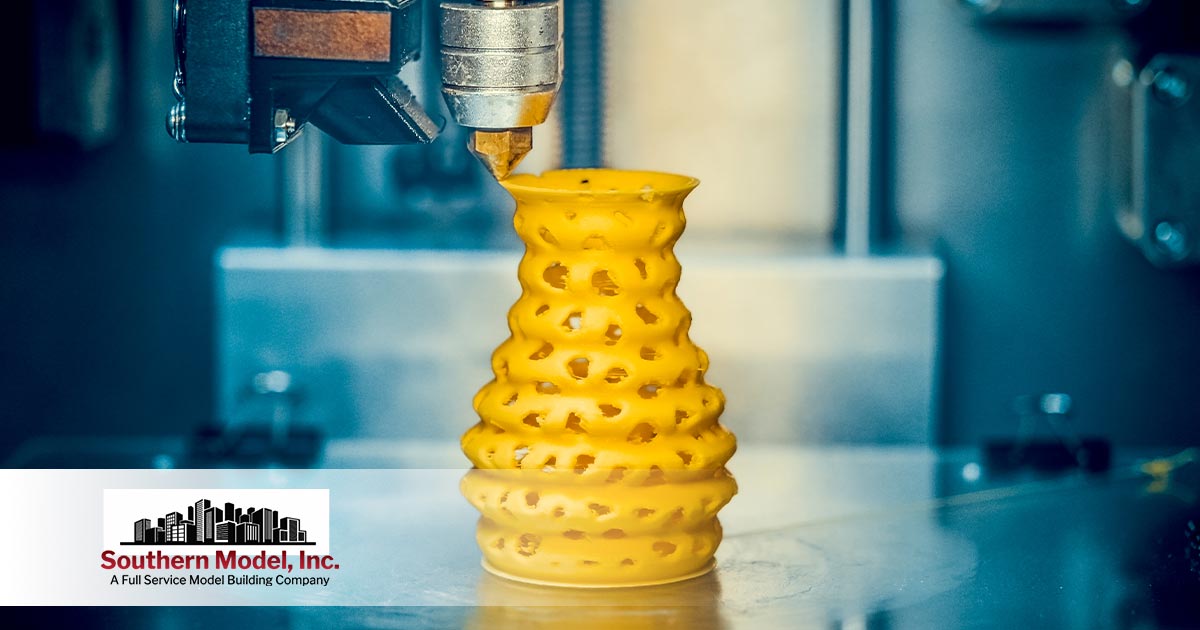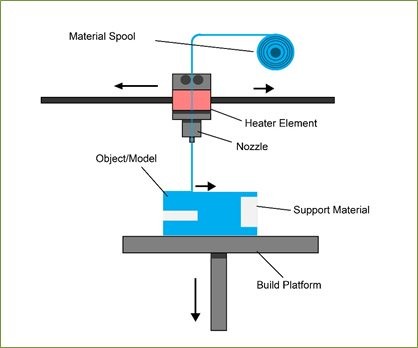
Technology has advanced quickly, and this has given rise to the development of new printing processes as well. Gone are the days of slow printers that used to print documents line by line. Now, there is a new technology called 3D printing.
This 3D printing technology has the potential to change the way people not only print but also develop products throughout multiple industries. When it comes to 3D printing, there are multiple types that everyone should know. Is critical for everyone to pick the right 3D printing process for their needs.
Stereolithography (SLA)
One of the most popular types of 3D printing is called stereolithography, which is often shortened to SLA. This is the oldest additive print technology available on the market today.
This type of 3D printing functions by taking a layer of liquid resin that is photosensitive. Then, this resin is exposed to a UV beam. Ultraviolet rays are like those that come from the sun and infuse the resin with a significant amount of energy.
This energy helps the resin harden into the desired pattern. Slowly but surely, the desired object is constructed one layer at a time. There are lots of printers that use digital projectors to cure the resin; however, the foundation of stereolithography print processes are usually the same.
One of the major drawbacks of SLA printing is that the object must be rinsed after the print process completes. If people remember to do this, SLA printing is going to be effective.
Fused Deposition Modeling (FDM)
Today, fused deposition modeling, often shortened to FDM, is one of the most popular types of 3D printing on the market. That is popular because it is easily compatible with most desktop computers. This system uses an extrusion nozzle and a control system that helps provide users with a straightforward, rapid solution when it comes to 3D printing.
There is a thermoplastic filament that is gradually heated and then deposited onto a grid. This grid has X and y-coordinates just like those most graphs. Gradually, the object is constructed, layer-by-layer, from the ground up.
There are plenty of FDM printers that are used to build products across multiple industries. This type of methodology can be cost-effective, helping businesses create parks in a quick and efficient manner. At first, these were among the bulkiest printers on the market. Now, they are small, quick, and cost-effective.

Selective Laser Sintering (SLS)
Finally, there is a newer process called selective laser sintering. This is usually abbreviated SLS. This type of technique leverages a laser to solidify and bond certain strands of material together. Some of the most common materials that are used in SLS print include ceramic, metal, glass, and plastic.
This printing process works in a manner that is like other additive manufacturing technologies. Gradually, this printer is used to construct objects from the ground up. First, the laser traces the pattern of each layer. Then, the laser slices into a bed of powder while the bed lowers.
After the bed lowers, the next layer is traced on top of the first layer. In this manner, SLS print acts similarly to other options. One of the major advantages of this method is that it does not require an extra support structure to complete detailed designs.
SLA vs FDM: Which is Better?
When comparing stereolithography with fused deposition modeling, stereolithography simply comes out on top.
First, it is important to the quality and precision of the printing. FDM printers work by depositing various layers of hot, molten material. In contrast, SLA uses a resin that is cured by Precision laser. Because the width of the extrusion nozzle can vary with FDM printing, SLA print produces results that are known for their smooth finishes, extreme levels of precision, five features, and accuracy.
Finally, it is important to look at the durability of the products. FDM printers use heat to finish their products. SLA printers use light to finish the resin. Because light is easier to control than heat, SLA print methods are more reliable.
The resulting products with SLA printing are close to room temperature. This means that they do not suffer from contraction artifacts or thermal expansion, which can damage the longevity and durability of FTM results.
Rely on High-Quality 3D Printing Services from Southern Model
At Southern Model, we are a full-service model building company. We take great pride in the services that we provide. From the first day we opened our doors, we have placed the needs of our clients ahead of our own.
We leverage cutting-edge technologies including 3D printing to produce unparalleled products. We know that this allows us to provide the best services possible to our clients. If you would like to learn more about our services and how we can help you, please give us a call today. We will be honored to assist you with all your needs.
